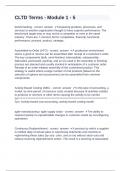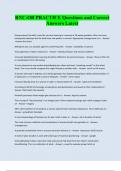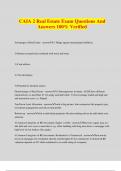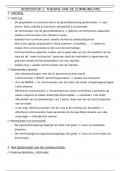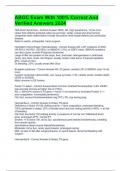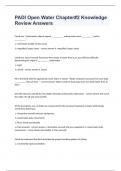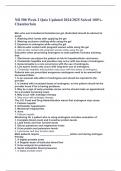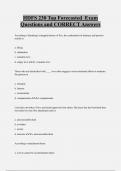Exam (elaborations)
CLTD Terms Questions with complete solution 2024/2025
- Course
- Institution
CLTD Terms Questions with complete solution 2024/2025 CLTD Terms - Module 1 - 5 benchmarking - correct answer Comparing products, processes, and services to another organization thought to have superior performance. The benchmark target may or may not be a competitor or even in the same indus...
[Show more]
